Timer Relays
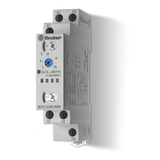
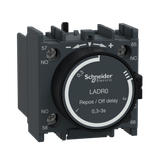
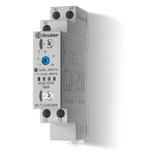
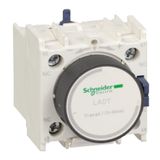
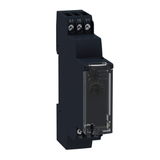
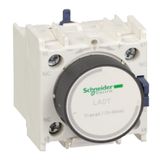
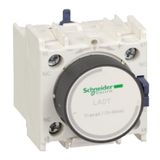
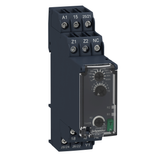

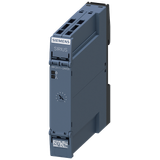
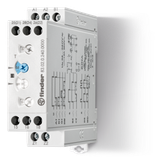
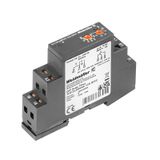
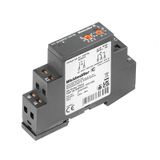
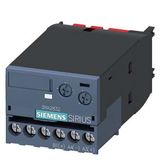
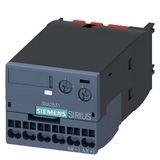
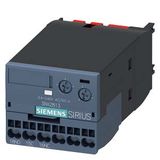
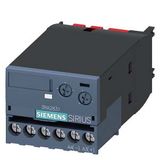
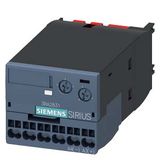
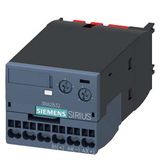
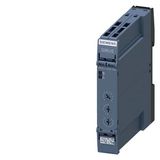
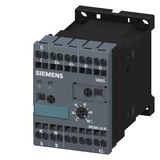
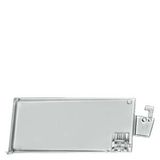
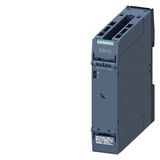
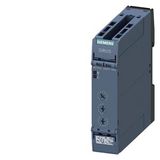

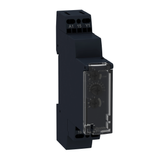
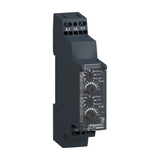
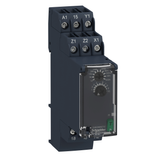
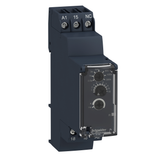
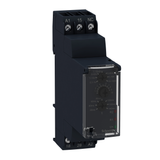
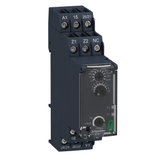
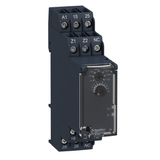
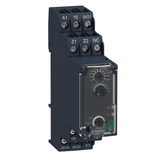
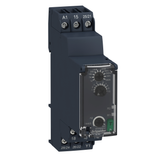
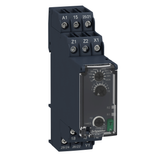
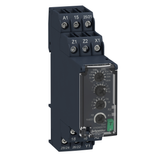
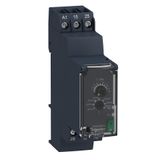
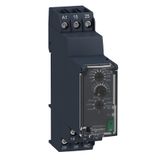
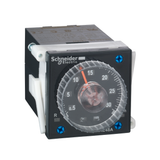
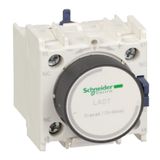
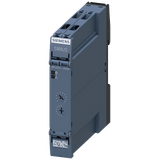
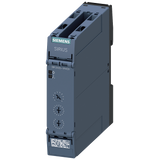
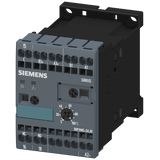
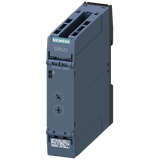
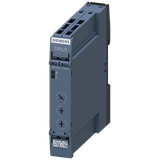
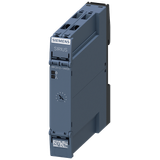
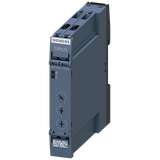
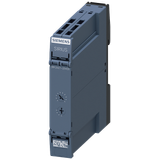
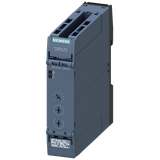
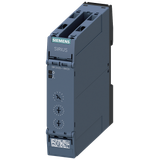
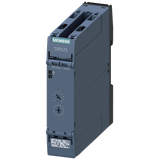
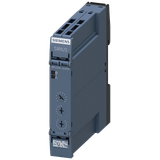
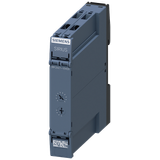
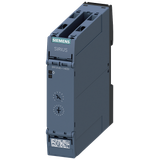
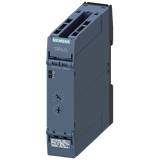
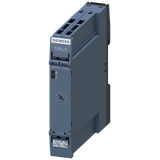
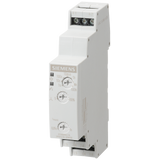
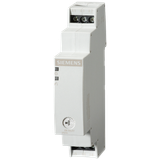
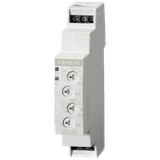
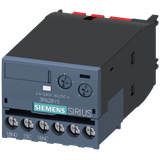
Introduction to Timer Relays in Electrical Systems
In any modern control system—whether we are talking about industrial automation, HVAC infrastructure, machine safety circuits, or building management—the need to control not just what happens but also when it happens is critical. That is where the timer relay category comes into play. Unlike a standard relay, which simply opens or closes based on an input signal, a relay with timer introduces programmable or fixed time delays into the switching sequence. This timing function allows engineers and contractors to coordinate sequential operations, stagger startup loads, protect equipment from short cycling, and automate shutdowns with precision.
For a procurement manager, the relay timer family represents more than just another product line. It is a class of components that directly impacts system reliability, energy efficiency, and installation costs. A mis-specified timer relay can result in machinery downtime, nuisance tripping, or even shortened equipment lifespan. Conversely, a correctly selected timer relay switch can extend service intervals, prevent electrical stress, and make a large-scale automation system run more smoothly with less operator intervention.
In wholesale procurement, delay off timer relays, delay on timer relays, and programmable timer relays are often bought in bulk to cover different timing scenarios across multiple projects. Engineers, OEMs, and system integrators frequently specify exact timing ranges, voltage ratings, and contact configurations. Distributors and purchasing departments must therefore understand the key differentiators before committing to bulk supply contracts.
Technical Characteristics of Timer Relays
When evaluating a timer delay relay for industrial or commercial use, engineers typically review a set of core characteristics. These define not only the relay’s technical compatibility but also its robustness under real-world conditions:
- Supply voltage options: Common ranges include 12 VDC, 24 VDC/AC, 110 VAC, and 230 VAC. Dual-voltage models simplify inventory management.
- Time range: Configurable from milliseconds up to hours. Industrial machinery often requires ranges from 0.1 seconds to 10 hours.
- Functions:
- Delay on make (also called delay on timer relay)
- Delay off (or off delay timer relay)
- Interval function
- Flasher / cyclic timing
- Star-delta transition timing for motor startup
- Contact configuration: SPDT, DPDT, or multi-pole contact sets depending on load control needs.
- Contact rating: Typically from 5 A to 16 A at 250 VAC resistive load; higher ratings are available for heavy-duty applications.
- Switching type: Electromechanical vs. solid-state timer relays. Solid-state offers higher endurance, lower noise, and faster response.
- Programming interface: Rotary dials, DIP switches, push-button menus, or digital displays in programmable timer relay models.
- Mounting method: DIN-rail, panel mount, or plug-in base. DIN-rail remains standard in modular control cabinets.
- Reset behavior: Instant reset, power reset, or external reset input.
- Accuracy and repeatability: Critical in production lines where cycle timing tolerance must stay within ±1%.
- Environmental tolerance: Temperature range (often -20 °C to +60 °C), vibration resistance, and housing protection (IP20–IP65).
These parameters guide both engineers and procurement professionals in aligning the technical specification with the operational demand of their projects.
Practical Use Cases in Industrial and Commercial Settings
Motor Control and Load Sequencing
In factories, several motors often start sequentially to avoid inrush current peaks. A delay on timer relay installed in the starter circuit can stagger motor startup by seconds, preventing breaker trips and reducing transformer stress. Conversely, an off delay timer relay ensures fans or pumps continue running for a few minutes after main equipment shutdown, aiding cooling and pressure equalization.
HVAC Systems and Building Automation
In large office buildings, relay timer switches manage staggered air handling unit startups to balance electrical loads. A programmable timer relay allows facilities teams to define weekly cycles for lighting, ventilation, or heating elements without relying on external PLCs for minor automation tasks.
Safety and Protection Functions
Critical equipment often benefits from short intentional delays before energization. For example, timer relay switches prevent contactors from engaging until system diagnostics are complete. In fire suppression systems, a delay timer relay can be set to trigger exhaust fans a few seconds after alarm activation to avoid premature smoke evacuation.
Packaging and Process Automation
On bottling lines, timer delay relays control conveyor sequencing: one conveyor stops only after the next one has started, ensuring no gaps or collisions in product flow. With programmable timer relays, maintenance teams can fine-tune cycle times during product changeovers without replacing hardware.
Lighting and Energy Efficiency
A relay with timer is a cost-effective alternative to complex controllers in stairwell lighting or warehouse zones. Off delay timer relays ensure lights remain on for a defined period after a switch is pressed, eliminating wasted energy without compromising safety.
Factors Buyers Compare Before Bulk Ordering
Procurement managers in wholesale distribution or OEM supply typically balance technical specification, cost per unit, and stock availability. However, several finer points influence large-volume decisions:
- Function Coverage
Buying a mix of delay on timer relays, off delay timer relays, and programmable timer relays allows inventory to serve multiple projects. Distributors often prefer multi-function models to reduce SKU variety. - Voltage Versatility
Dual or wide-range supply voltage designs reduce the need for separate models. For contractors serving both 24 VDC control systems and 230 VAC mains environments, this simplifies logistics. - Mounting and Form Factor
Panel builders require standardized DIN-rail units for modular cabinet design. Some buyers, however, specifically request plug-in base units for fast service replacement. - Brand Reliability and MTBF
Engineers frequently specify relays from established manufacturers with proven mechanical endurance (>10 million operations) or solid-state relays with high switching cycles. Procurement managers evaluate long-term replacement costs rather than upfront pricing alone. - Timing Accuracy
In precision applications—like filling, dosing, or high-speed packaging—timing drift can lead to product waste. Wholesale buyers assess product datasheets for tolerance values and look for models with <1% deviation. - Ease of Programming
For large-scale building projects, installers prefer relay timer switches with simple front-panel adjustment. Where operators need flexibility, a programmable timer relay with digital configuration is favored, even at higher cost. - Certifications and Compliance
CE, UL, and EN standards are critical in export contracts. Bulk buyers often avoid models without cross-regional approvals. - Serviceability and Availability
Lead times affect procurement planning. For bulk orders, distributors seek brands with European warehouse support and interchangeable socket bases to reduce downtime.
Comparative Notes on Different Types of Timer Relays
Delay On Timer Relay
- Activates output after a preset time once control voltage is applied.
- Common in motor start sequencing, heating elements, and protection circuits.
- Buyers often compare models by minimum delay precision and reset response.
Off Delay Timer Relay
- Keeps load energized for a defined period after control signal removal.
- Used in cooling fans, exhaust systems, and lighting control.
- Procurement considerations: maximum off delay range, power independence during off cycle.
Timer Relay Switch
- A simple modular component combining a switching relay with timing logic.
- Common in commercial building control cabinets.
- Evaluated by mounting flexibility and number of programmable modes.
Programmable Timer Relay
- Provides multi-function capability: on delay, off delay, interval, cyclic.
- Ideal for facilities managers needing to adjust cycles seasonally.
- Buyers weigh unit cost vs. SKU reduction across projects.
Installation and Integration Considerations
From the engineer’s perspective, practical installation issues must be clear before bulk supply:
- Space in enclosures: Standard widths are 17.5 mm or 22.5 mm for DIN-rail units. Bulk buyers must verify cabinet design compatibility.
- Wiring logistics: Spring terminals vs. screw terminals influence installation speed in mass deployment.
- Synchronization: In systems with multiple relays, ensuring identical timing behavior is essential. Buyers may prefer digital models with copyable presets.
- Reset requirements: Some applications require immediate reset when power is restored, others demand memory retention. This affects procurement strategy.
- Interchangeability: Selecting families with shared bases or accessories simplifies replacement logistics in the field.
Wholesale Procurement Perspective
For distributors and contractors, timer relay switches represent both a high-turnover stock item and a long-term value component. Unlike niche modules, timer relays are used across industries: food processing, water treatment, logistics warehouses, and public infrastructure. Demand is therefore steady, and maintaining reliable wholesale supply is a competitive advantage.
Procurement managers should pay attention to:
- MOQ flexibility: Some suppliers enforce high minimum order quantities for programmable models. Selecting a distributor with mixed-volume options reduces tied-up capital.
- Portfolio coverage: A balance of low-cost electromechanical relay timers and advanced programmable timer relays ensures the catalog serves both cost-sensitive and high-spec clients.
- After-sales documentation: Datasheets, wiring diagrams, and function charts are often decisive in large tender submissions.
- Price stability: Bulk buyers prefer long-term agreements that protect against currency fluctuation, particularly in cross-border supply.
Closing Notes on Distributor Role
As an electrical distributor, the responsibility goes beyond simply providing stock. For a procurement professional managing large-scale projects, assurance of consistent supply, correct technical matching, and support in cross-referencing equivalent parts is vital. The timer relay category—covering delay off timer relays, delay on timer relays, relay timer switches, and programmable timer relays—is a backbone element of industrial control and automation.
By securing bulk contracts through an established distributor, buyers reduce risk, streamline inventory, and ensure that every panel builder, contractor, or OEM in their supply chain has access to reliable, field-proven timing relays. In an environment where downtime costs multiply rapidly, this reliability is not optional—it is fundamental.













